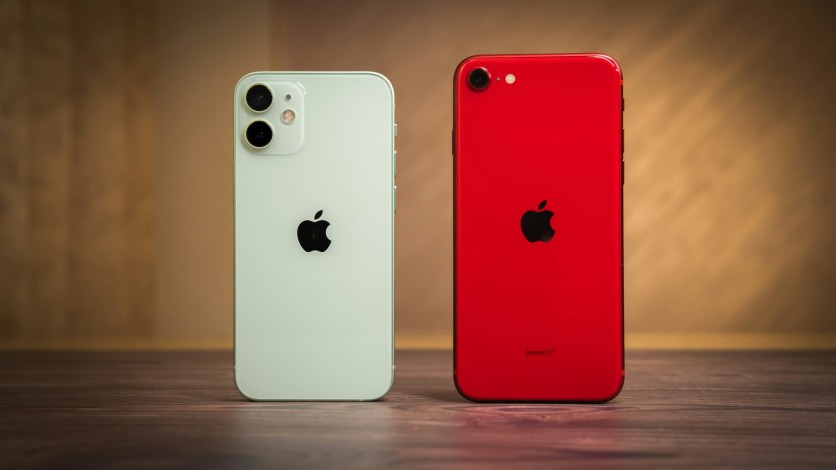Your iPhone battery health plays a key role in maintaining the device's performance and reliability. Over time, all rechargeable batteries degrade, but how quickly they do so depends largely on how you use and charge your device. From heavy screen time to constant charging, these everyday habits can slowly reduce your phone's battery capacity.
Thankfully, there are practical ways to improve battery life and preserve your iPhone's health for years. With built-in iOS features and simple usage adjustments, you can extend both daily performance and long-term battery longevity. This article provides clear, research-backed iOS battery tips to help users keep their iPhones running smoothly and efficiently.
What Is iPhone Battery Health and Why Does It Matter?
iPhone battery health refers to how well your device's battery holds a charge compared to when it was new. It's expressed as a percentage of the original capacity, viewable under Settings > Battery > Battery Health & Charging. As you use your iPhone, the battery's maximum capacity naturally decreases. This gradual decline affects how long your phone lasts per charge and, in some cases, how quickly it performs tasks.
Apple designed its lithium-ion batteries to retain up to 80% of their capacity after about 500 full charge cycles. However, factors such as temperature, charging habits, and usage intensity can influence this rate. A declining battery health percentage means your iPhone might drain faster, take longer to charge, or experience unexpected shutdowns.
To help users monitor and maintain performance, Apple introduced several iOS features, such as Optimized Battery Charging and Peak Performance Capability. These tools manage how and when your iPhone charges to reduce wear and extend its lifespan. Understanding these features is essential to keeping your device efficient and dependable.
How Can Users Improve Battery Life on Their iPhones?
There are several proven ways to improve battery life and make the most out of each charge. Most involve small changes that, when applied consistently, have a significant long-term impact.
- Enable Low Power Mode: This feature limits background activity, mail fetch, and visual effects when the battery runs low, giving you extra hours of use without affecting core functions.
- Reduce Screen Brightness or Enable Auto-Brightness: The display is one of the biggest power consumers. Keeping brightness at moderate levels can significantly save energy.
- Manage Background App Refresh: Go to Settings > General > Background App Refresh and disable apps that don't need constant updates. This prevents unnecessary battery drain.
- Use Optimized Battery Charging: When enabled, iOS learns your charging routine and delays charging past 80% until needed, reducing battery wear over time.
- Turn Off Location Services for Unused Apps: Limit location tracking to apps that truly need it by going to Settings > Privacy > Location Services.
- Keep Wi-Fi and Bluetooth Off When Not Needed: Constant searching for connections consumes extra energy, especially in low-signal areas.
These iOS battery tips are designed to balance performance with power efficiency. By applying them regularly, you'll not only extend daily usage but also maintain long-term battery health.
Read more: Apple's iOS 26.1 Update Brings Hidden AI Upgrades, New Languages, Liquid Glass Custom Toggles
Additional Strategies to Maintain Battery Health
Beyond software settings, adopting better physical and charging habits can help preserve your iPhone's battery over the long run.
- Avoid Extreme Temperatures: High heat can cause permanent battery damage, while cold environments temporarily reduce capacity. Keep your iPhone between 16°C and 22°C (62°F to 72°F) whenever possible.
- Remove Cases During Charging: Some thick or insulated cases trap heat, which can stress the battery during long charging sessions.
- Keep Battery Levels Between 20%–80%: Lithium-ion batteries last longest when kept within this range. Avoid letting your iPhone fully drain or staying plugged in for hours after reaching 100%.
- Charge Regularly Instead of Fully Depleting: Frequent partial charges are healthier than deep discharges.
- Update iOS Regularly: Apple's updates often include battery optimization improvements that enhance energy efficiency and prevent unnecessary background usage.
Following these steps helps maintain a steady power cycle and prevents early capacity loss, keeping your iPhone efficient and reliable over time.
Conclusion
Monitoring iPhone battery health and applying smart iOS battery tips can make a big difference in how well your device performs. By enabling built-in features like Optimized Battery Charging, managing background activity, and adopting mindful charging habits, you can extend battery life and improve overall device efficiency. Maintaining your iPhone's battery isn't just about convenience—it's about longevity. Taking these small but consistent steps ensures that your iPhone remains dependable, efficient, and ready to perform at its best for years to come.
Frequently Asked Questions (FAQs)
1. How do I check my iPhone battery health?
Go to Settings > Battery > Battery Health & Charging. You'll see your battery's maximum capacity and whether it supports peak performance.
2. Does charging my iPhone overnight harm the battery?
Not necessarily. iPhones use smart charging to prevent overcharging, but frequent overnight charging at high temperatures may reduce long-term battery life.
3. What is Optimized Battery Charging, and how does it work?
It's an iOS feature that slows charging after 80% to minimize battery wear. The iPhone learns your charging habits and finishes charging right before you typically unplug it.
4. When should I consider replacing my iPhone battery?
If your battery capacity drops below 80% or you notice shorter runtimes and performance issues, it's time to consider a replacement. Apple or authorized service providers can perform diagnostic tests to confirm.
ⓒ 2025 TECHTIMES.com All rights reserved. Do not reproduce without permission.





